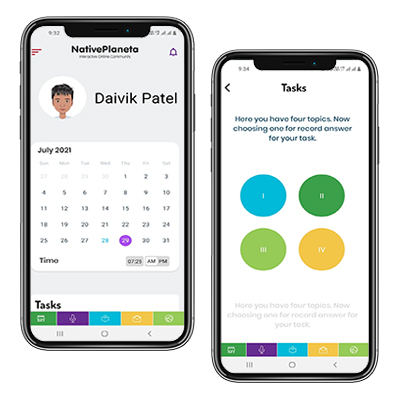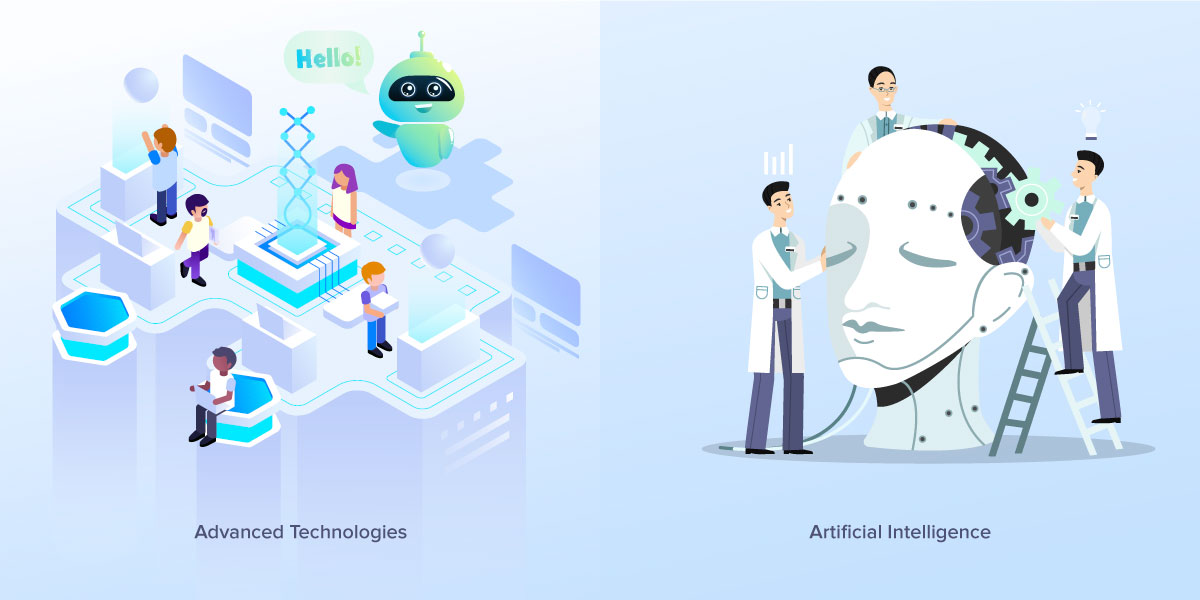
- Alex S.
- 08,Jun 2019
- Technology
Blockchain
Nothing new here. You can hardly find anyone who doesn't know this magical word, even if they have no clue how it works—and rightfully so, since to the casual audience, it still looks like a puzzle. Although numerous projects feature ready-to-use products using it, the blockchain itself is not used widely. Some doubts may deem it as "immature" and assume it will take years or even decades for the technology to come into effect. But the concept itself sounds too promising to ignore and makes organizations rethink their existing tech stack. Also, the media has been fairly loyal to this technology: many people have been brought here thanks to the constant coverage from major news outlets. If you want to learn more about the whole blockchain thing, our technology enthusiast, Anastasiia Bobeshko, wrote an article explaining how the blockchain affects different industries. Of course, there are some limitations that may impede certain companies from using it. For example, anonymity looks like an attractive shroud for all sorts of scammers, so no one can be 100 percent safe. Also, due to its encrypted nature, blockchain transactions, especially the ones that imply big sums of money, can be slow compared to other modern alternatives. Moreover, the transactions are irreversible, so if you made a typo in a wallet number, say "bye-bye" to your money, since it is now lost in cyberspace. Finally, many people simply resist the new stuff, let alone government institutions that were and remain the last place that innovates something within their structure.
Of course, there are some limitations that may impede certain companies from using it. For example, anonymity looks like an attractive shroud for all sorts of scammers, so no one can be 100 percent safe. Also, due to its encrypted nature, blockchain transactions, especially the ones that imply big sums of money, can be slow compared to other modern alternatives. Moreover, the transactions are irreversible, so if you made a typo in a wallet number, say "bye-bye" to your money, since it is now lost in cyberspace. Finally, many people simply resist the new stuff, let alone government institutions that were and remain the last place that innovates something within their structure.
However, this is heavily countered by all the benefits it brings upon itself:
- Unprecedented verification level;
- Not tied to the national currency, crisis-free anytime;
- No middlemen;
- Free from regulations;
- Irreversible transactions may also be viewed as a sizeable plus.
Clean Energy Distribution
Humanity is in a timeless pursuit to replace fossil fuels. Clean energy is the most suitable option as it's collected from renewable sources which are naturally replenished. As it's steadily rising in popularity and will soon be the main type of "fuel," we need to know how to store and distribute it the right way around. Another great sign is that solar batteries getting more affordable over time, resulting in the global energy storage market gaining momentum in the years to come as reported by Prescient & Strategic Intelligence, and 2019 is not an exception. There are a number of companies such as our clients Budget Energie that already provide green energy via highly mobile storages that don't require a massive grid. The whole management is moved towards mobile apps where you can adjust and track the consumption level.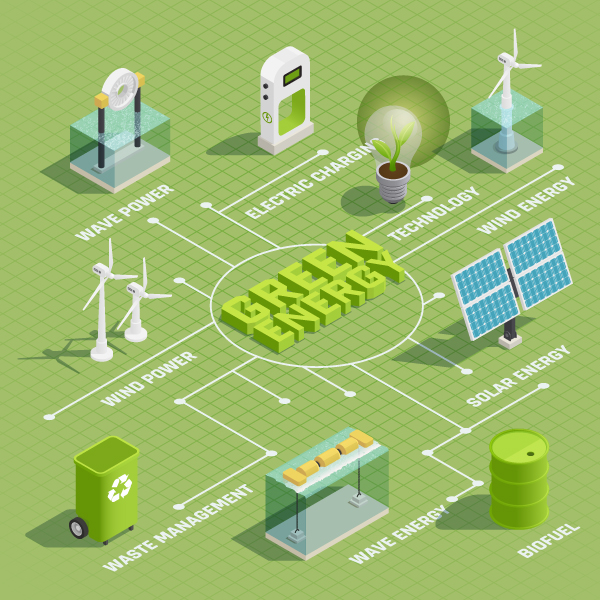
Self-Driving Cars and Drones
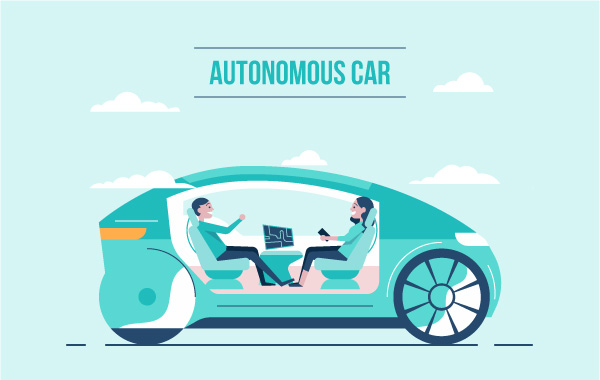
Extended Reality
Depending on how far you want to move from real to a digital world, there is a whole set of tools that allows for an interactive experience. VR, MR, and AR are changing the way we perceive the world. XR is now a new window to a digital world and is made to change the way we interact with it and can help you build products depending on the needs. In essence, XR is an umbrella term that features all the real or virtual environments generated by a computer. It's more of a general notion that often includes the "X" variables of computer-altered reality.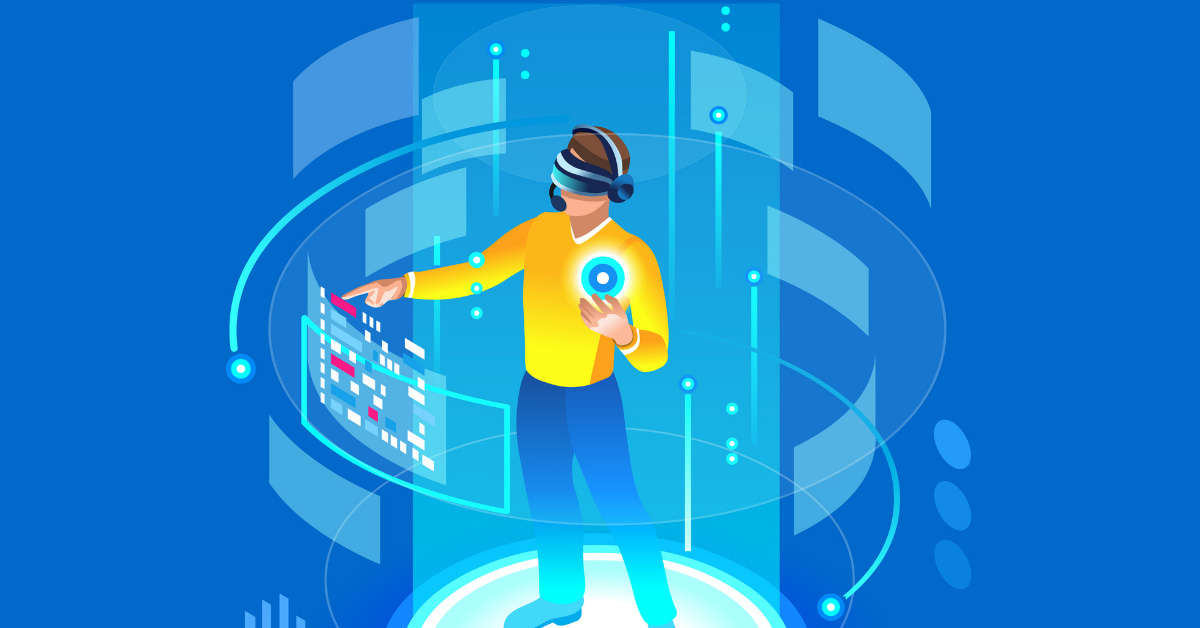
Virtual Reality
VR is a completely simulated digital world and creates an environment that looks completely real. Taking its roots from computer games, it's more about being fully immersive, using both videos or computer-generated (CG) content.It's both great for the cinema or gaming purposes, not to mention virtual tours. Pair this with the significant gadgets' price drop and you get a great tool for both marketing and entertainment.
Augmented Reality
AR is all about the usage of neat CG stuff. Although they can't respond to real-life objects, the interaction is achieved by projecting CG objects onto a static world. This is a choice for exploration purposes: visual art expos or architecture pros have already taken advantage of this convenient technique.
Mixed Reality
MR, on the other hand, is all about the CG and real-life interaction. This type of overlay is the best fit for education purposes: whether it's military training, factory instructions or kids interacting with a virtual animal, this type of product has great potential in teaching people how to act in certain situations without any risk via a pleasing virtual interface. Hardware has just recently become powerful enough to enable this type of experience. In addition to entertainment purposes, XR has shown its force in many industries, including healthcare and education. Some products, like Microsoft HoloLens, are no longer pricy and have gotten rid of the wires, which allows the whole field to grow rapidly and have a bright future ahead.5G

The fifth generation of connectivity will soon become a dominant one. It should be much faster than the already-existing standards and bring other notable advantages:
- Increased capacity — more devices and applications could use the Internet connection simultaneously;
- Decreased latency (how fast a network responds) leading to fewer lags and delays;
- Improved reliability and automation of connection to facilitate IoT;
- Energy saving: it's destined to increase the battery life, being a far superior option in terms of consumption.
Quantum Computing
Initially built to simulate physics, quantum computing (QC) has approached multiple areas where it could excel: cryptography, chemistry, and search algorithms. The idea is that the regular bit values (0 and 1) aren't fit for exploring advanced questions; meanwhile, QC gives an edge with qubits (that can have both 0 and 1 values at the same time). Although it seems complicated for smaller ventures (not everyone can afford chemistry QC research like IBM), it's great for building security systems: both for privacy and authentication purposes. In other words, imagine when a system requires you to enter more values to your password to make it secure—at the same time, QC has it by default with each letter being a convoluted line of values. With a number of ventures adopting QC, it has proved itself to be a reliable tool for Volkswagen, 1QBit, and NASA for their machine learning and simulations. It's just a matter of time when it becomes widely used by mid-tier and minor companies: the hardware is making huge strides and is becoming affordable very fast.Internet of Things
 IoT is all about 2 things: tons of connected devices and technologies. Cooperation with fields like Cloud Services, Big Data, and Artificial Intelligence is also what gets this ball rolling. Although it's far from covering the whole globe, the IoT has given us enough examples of its effectiveness and proved that we can rely on that.
At its core, IoT is a huge web of sensors that enables interaction between countless gadgets but still requires a bit of human presence to come into effect. We all love cool graphics from the fancy presentations, and IoT is the best pick for enjoying that: studies show the rapid growth of these gadgets being used all over the world, and you can only imagine their potential. 7 billion gadgets that will soon become 25bn are waiting to be filled with the software or ads, depending on their operators.
Being no longer a whim for the Silicon Valley residents, it's a now a whole market to be fought for.
IoT is all about 2 things: tons of connected devices and technologies. Cooperation with fields like Cloud Services, Big Data, and Artificial Intelligence is also what gets this ball rolling. Although it's far from covering the whole globe, the IoT has given us enough examples of its effectiveness and proved that we can rely on that.
At its core, IoT is a huge web of sensors that enables interaction between countless gadgets but still requires a bit of human presence to come into effect. We all love cool graphics from the fancy presentations, and IoT is the best pick for enjoying that: studies show the rapid growth of these gadgets being used all over the world, and you can only imagine their potential. 7 billion gadgets that will soon become 25bn are waiting to be filled with the software or ads, depending on their operators.
Being no longer a whim for the Silicon Valley residents, it's a now a whole market to be fought for.
Artificial Intelligence
Many get confused with Deep Learning, Machine Learning, and Artificial Intelligence, but it can be explained pretty simply, as they are basically a part of one another. The best way to imagine AI is to recall the Terminator movies —a machine that is capable of doing human-like tasks and make its own decisions based on software's scripts, patterns, and logic. Deep learning, on the other hand, is what allows machines to learn and think just like a human being does. Machine learning is what helps AI-products vastly improve their performance and reduce the amount of hand-coding to enable analyzing and diagnosis features.
But don't panic, it solely serves for the greater good of humanity and is now used in robotics, medicine, automation, customer service, and other countless areas. Whether it's spotting depression based on speech or studying genomes to prevent diseases, rest assured that these kinds of products will only make our lives better.
But like every promising area, it has notable limitations, some of which are:
The best way to imagine AI is to recall the Terminator movies —a machine that is capable of doing human-like tasks and make its own decisions based on software's scripts, patterns, and logic. Deep learning, on the other hand, is what allows machines to learn and think just like a human being does. Machine learning is what helps AI-products vastly improve their performance and reduce the amount of hand-coding to enable analyzing and diagnosis features.
But don't panic, it solely serves for the greater good of humanity and is now used in robotics, medicine, automation, customer service, and other countless areas. Whether it's spotting depression based on speech or studying genomes to prevent diseases, rest assured that these kinds of products will only make our lives better.
But like every promising area, it has notable limitations, some of which are:
- It requires massive pieces of data and large processing power;
- There's not enough versatility —usually what's made for a certain area can't be applied to another one;
- It can't think for itself, so some supervision is still required.
Note
If you are planning to have your own mobile application, website, custom web app or have any type of query or concern regarding its concept, technical know-how, the best way to get it done then don’t hesitate to contact us at alex@igexsolutions.com and we will provide you a free of consultation.
Skype: alex_39799
Telegram : igexsolutions
WhatsApp : +91-635-393-7367
Web Portfolio
Mobile Portfolio
Categories
What good is an idea if it remains an idea? Let's put efforts together to give it a look of Website or Mobile Application.
Let’s Start a discussion


